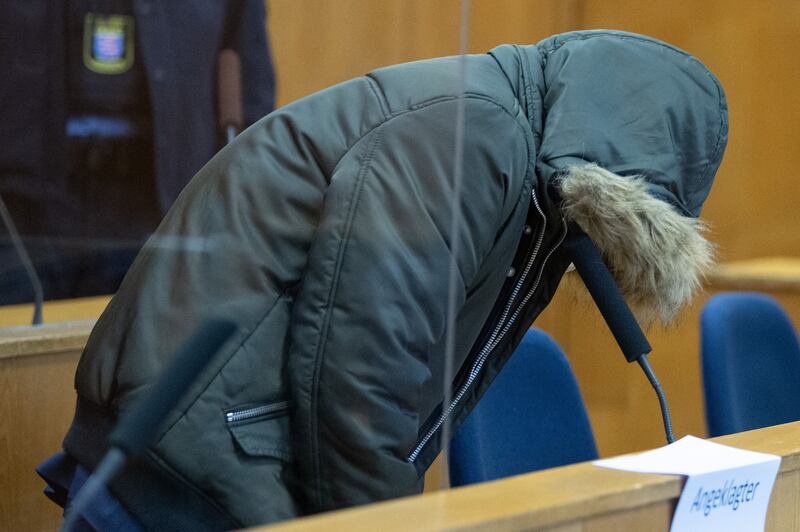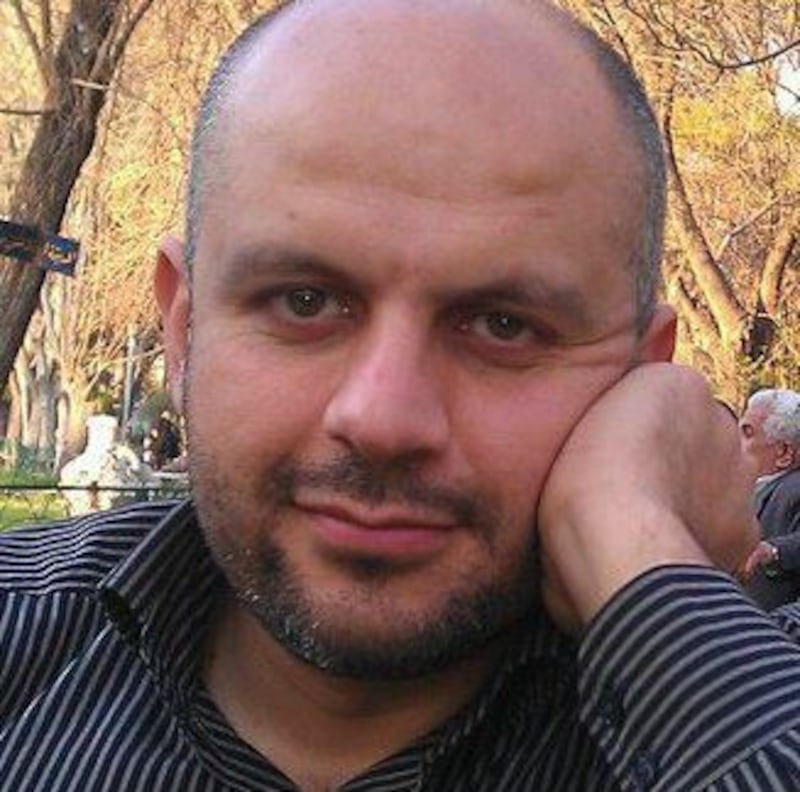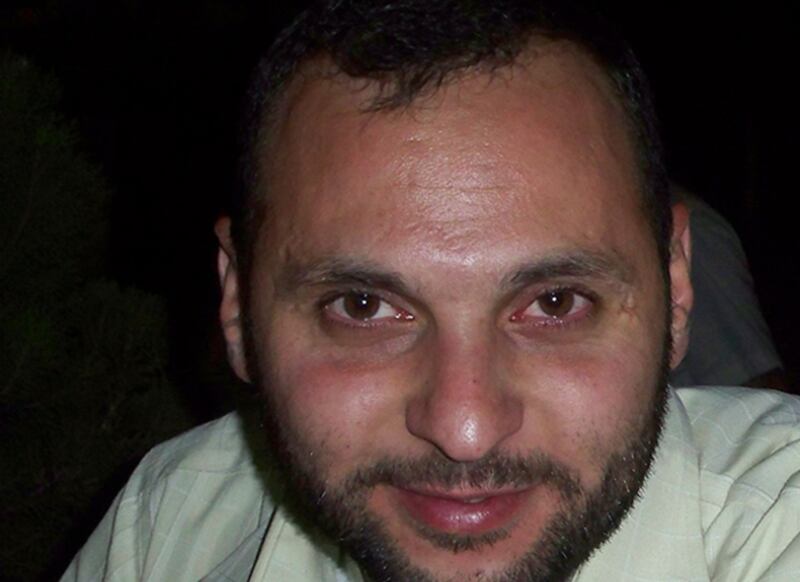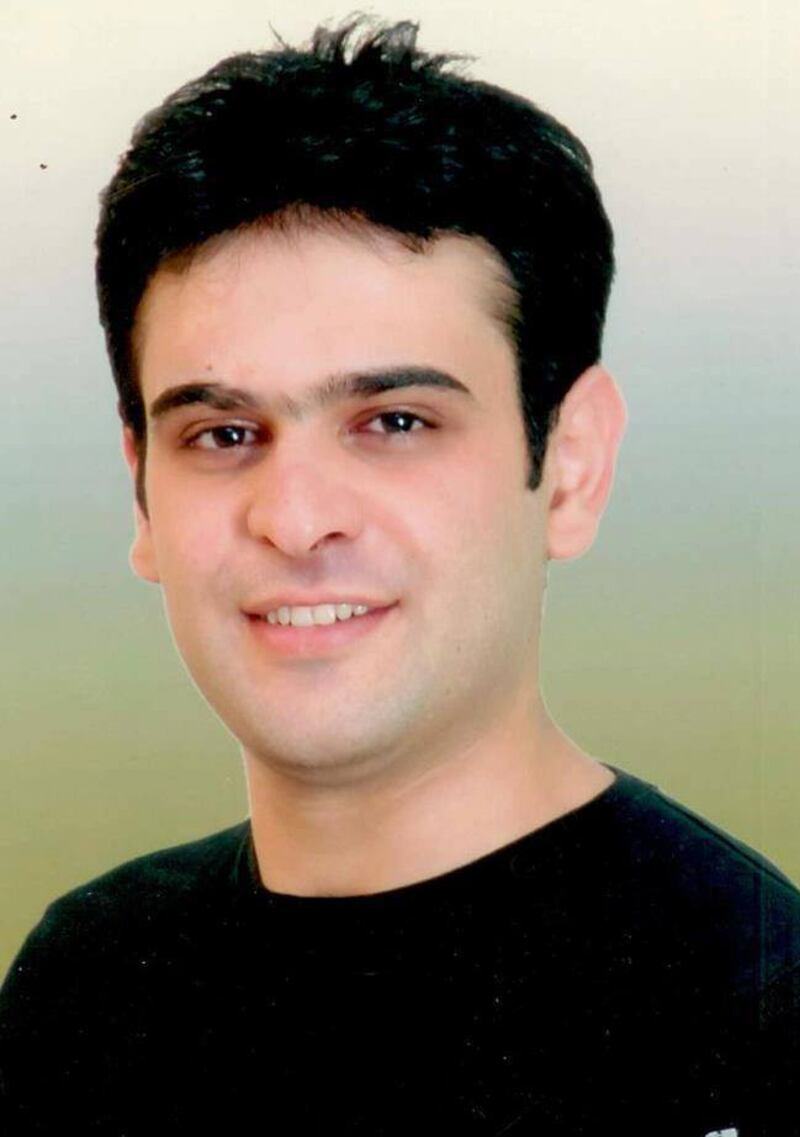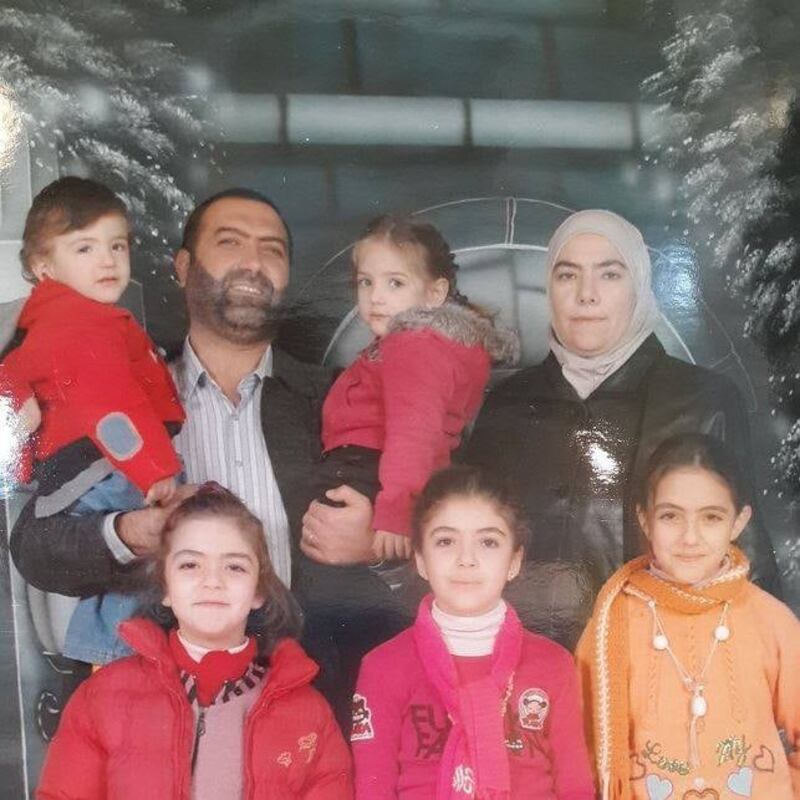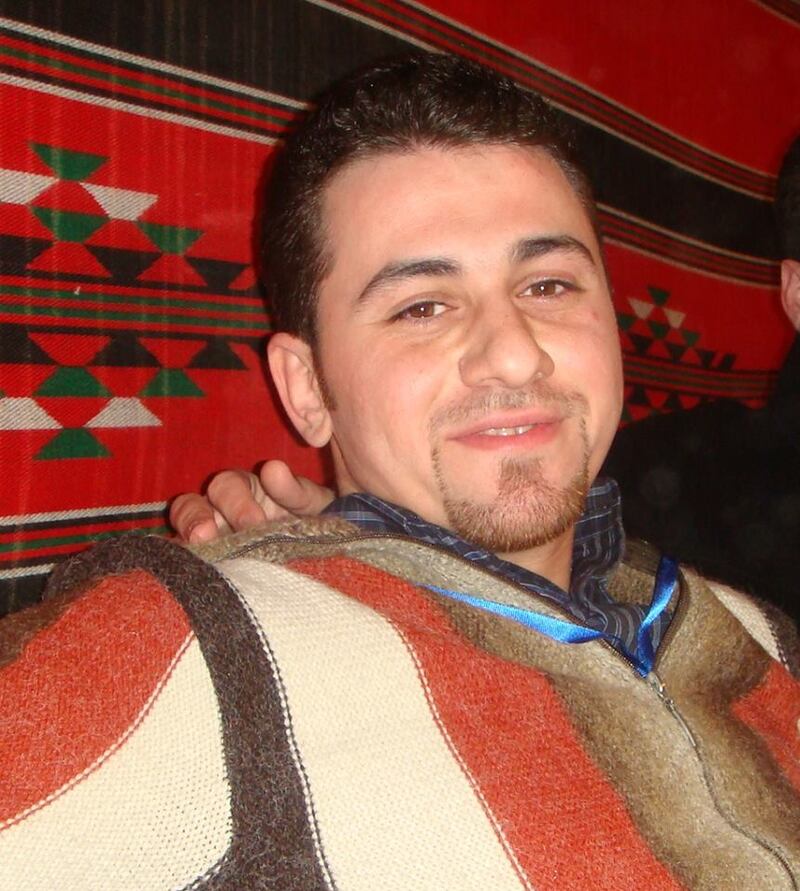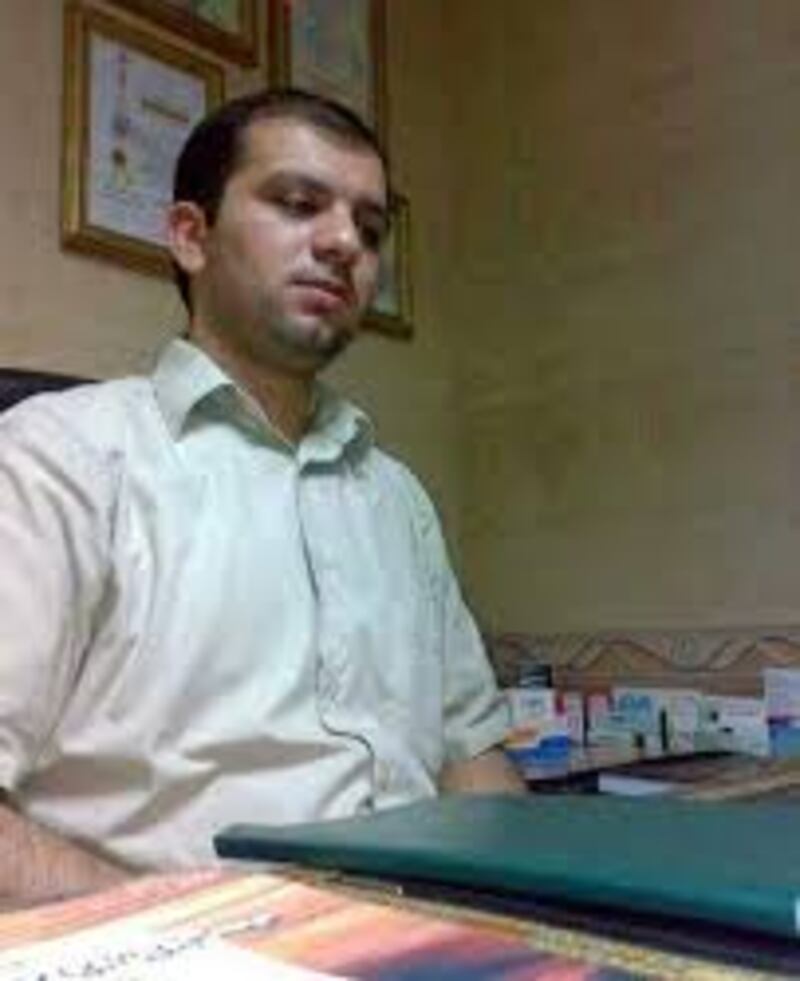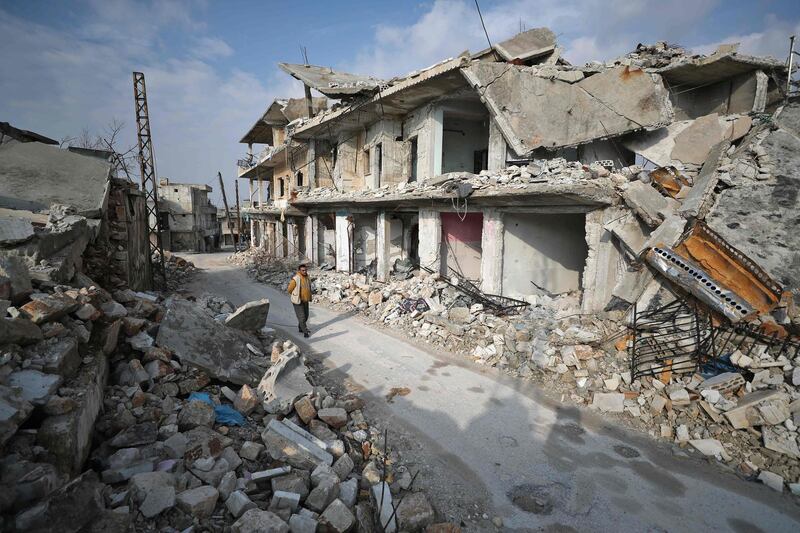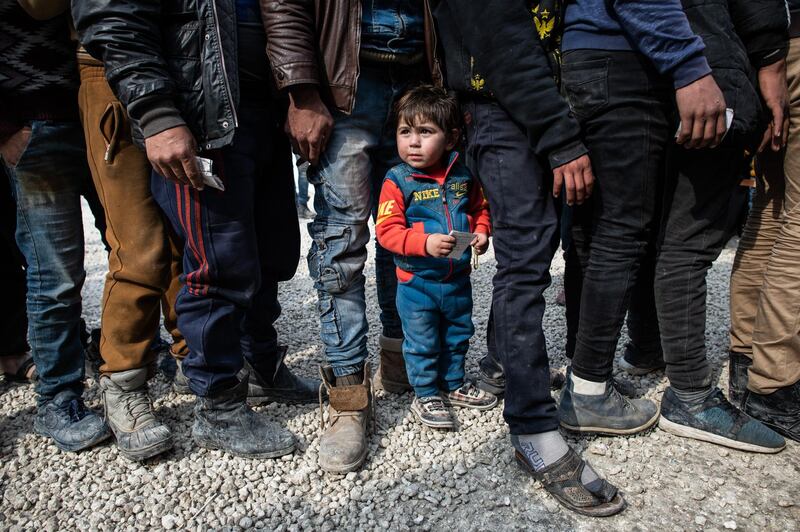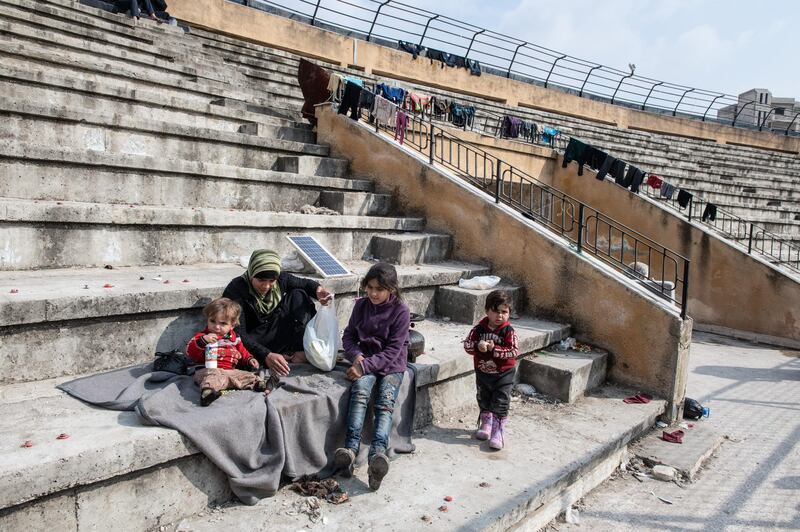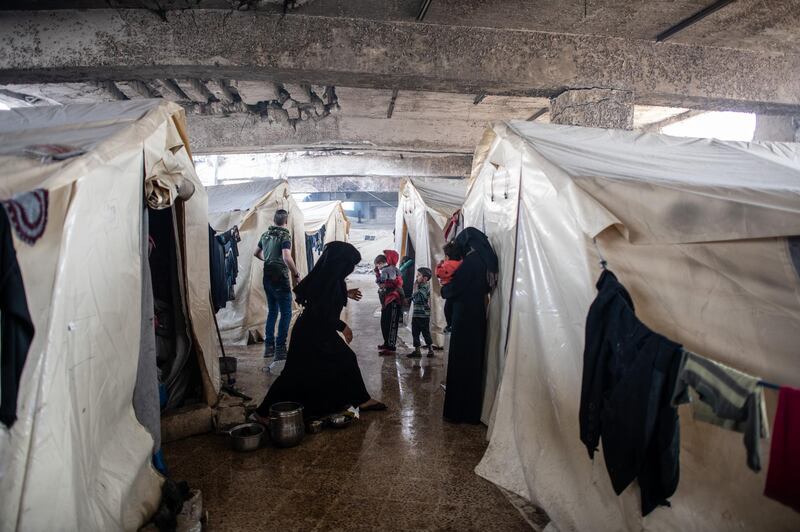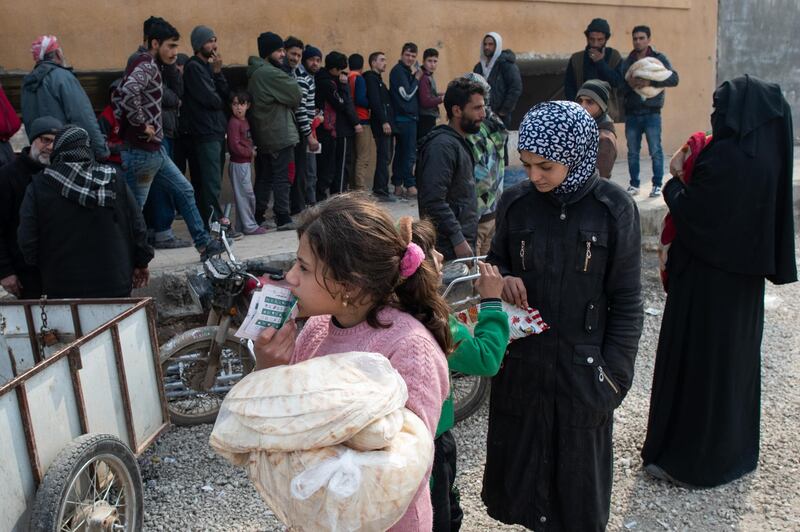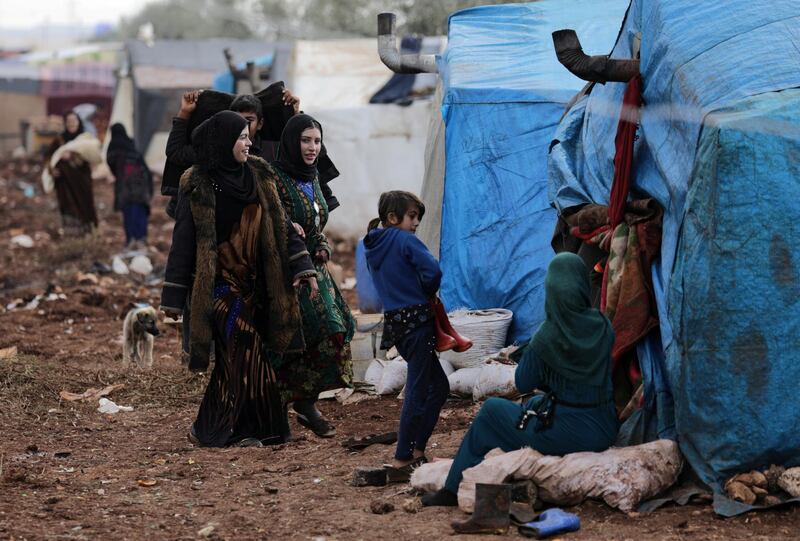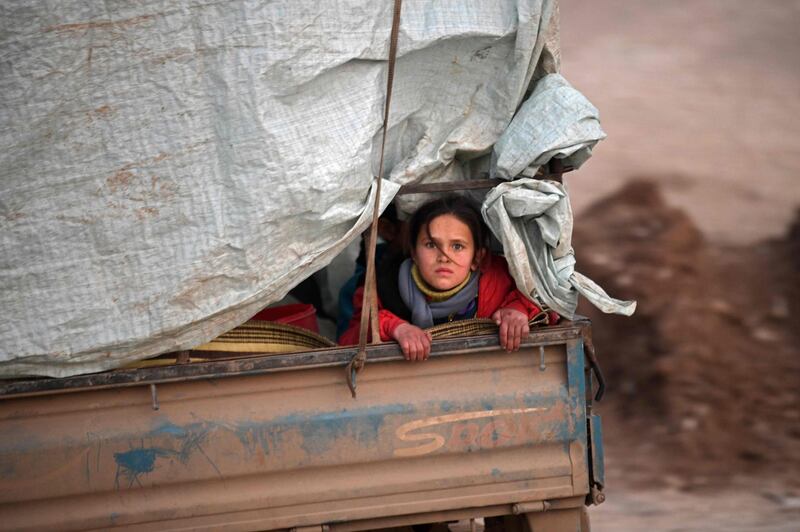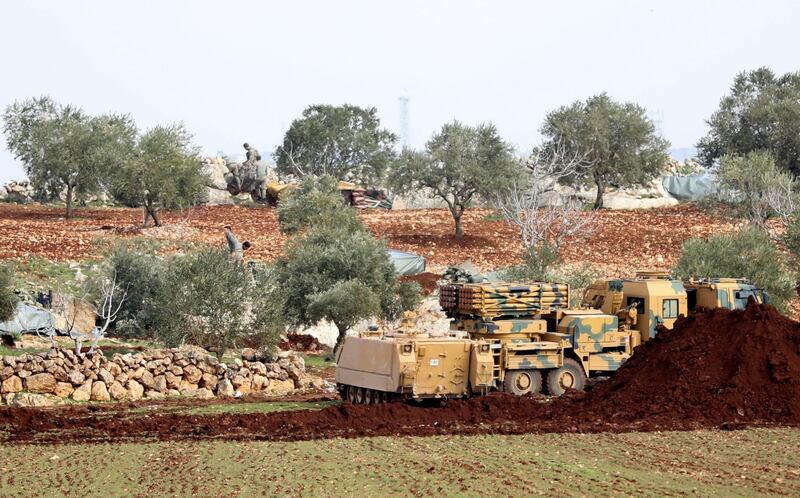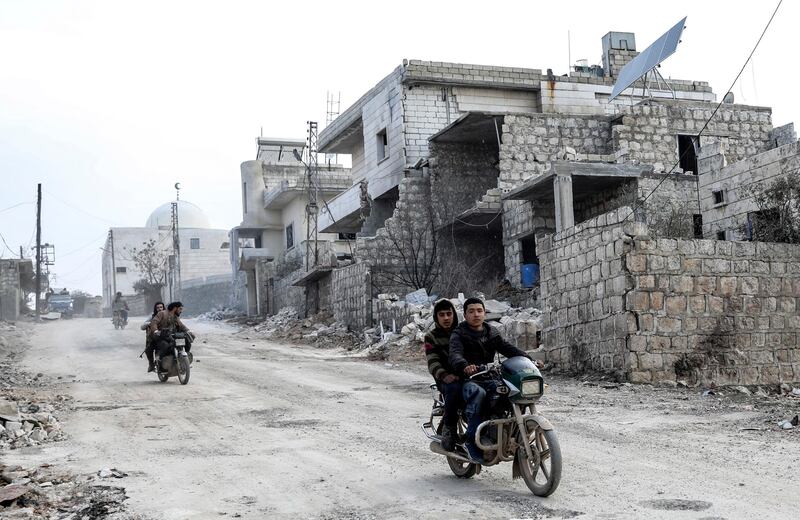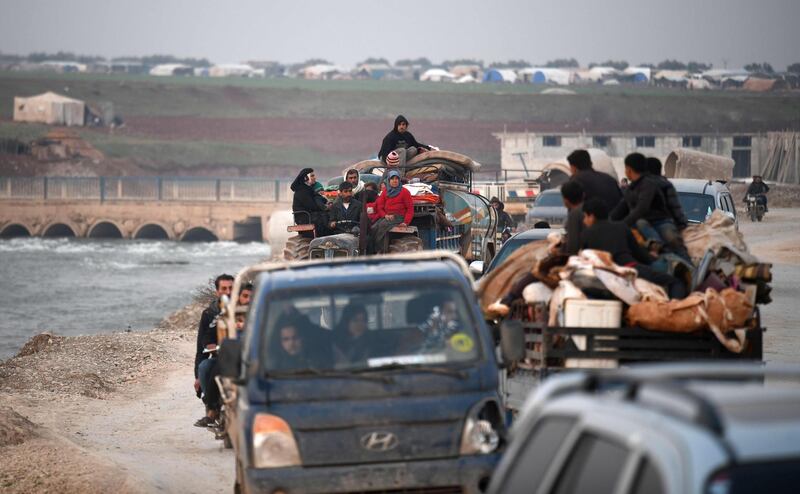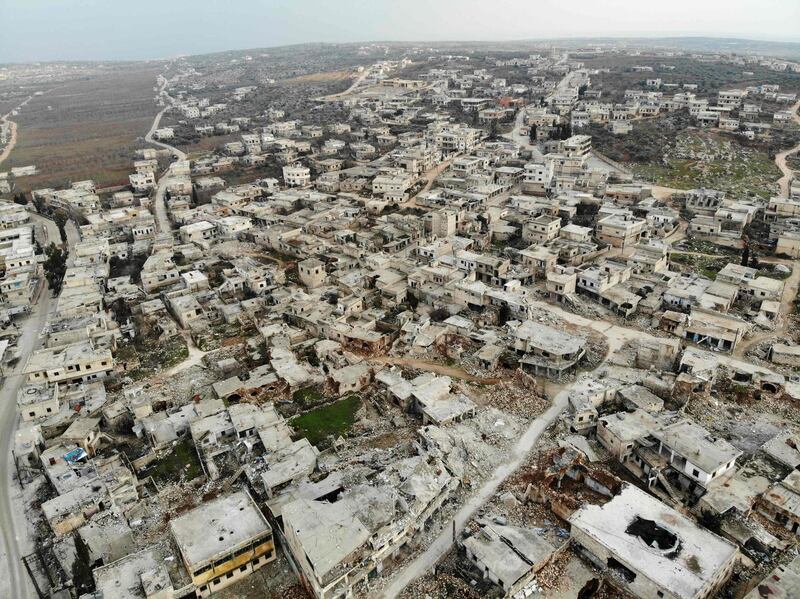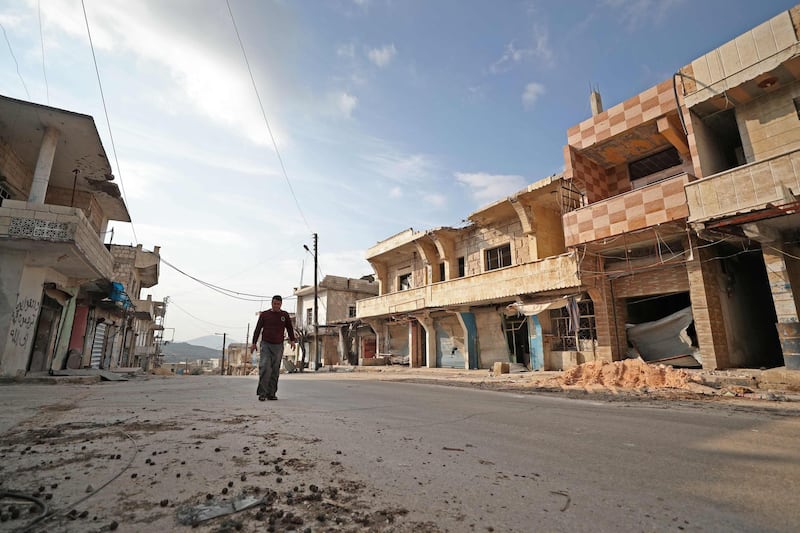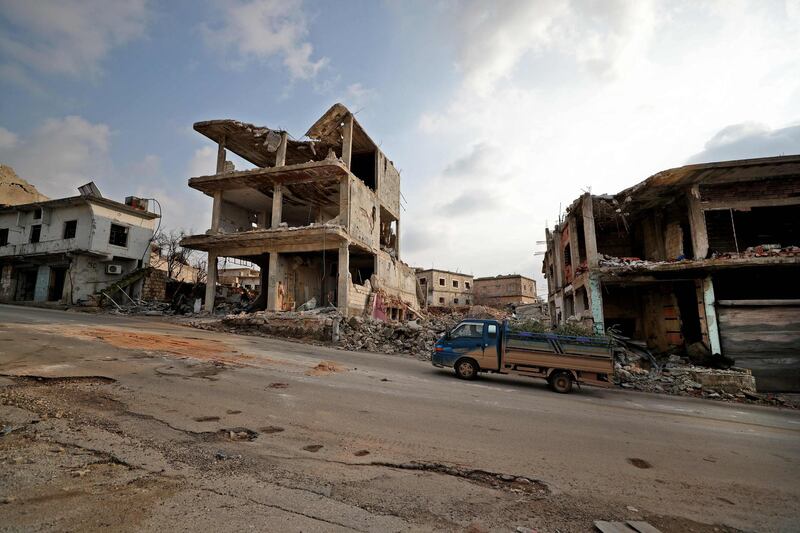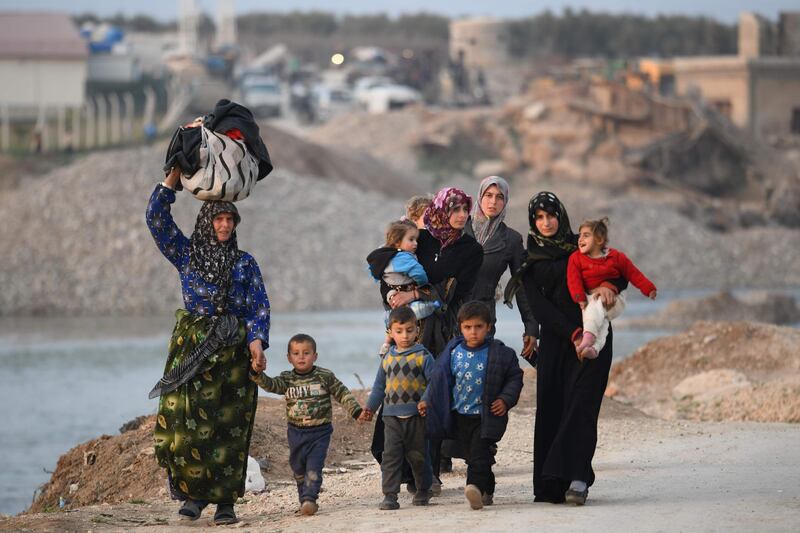Dr Shady was in a car on his way to treat wounded people in a rebel-held suburb of Damascus when he was intercepted by Syrian security forces.
The surgeon says the security men stripped and threw him in a 4-metre square room.
It was already packed with 107 civilian prisoners at an Airforce Intelligence branch inside the Mezzeh military airport to the west of the capital.
“Their wounds were exposed and infected. Scabies covered their skin. Pus balls the size of chickpeas covered their eyes. Some were paralysed. Three died, one of them in front of me, and I could do nothing,” Dr Shady recalls of the events a decade ago.
“From a medical perspective, I never saw anything like this.”
Dr Shady was working at a state hospital in Damascus when he was arrested in August 2012, the second year of the revolt against five decades of Assad family rule. He says the prisoners with him were held and tortured on suspicion of supporting the revolt.
Dr Shady's experience was not isolated.
War crimes investigators have catalogued thousands of cases of torture, abuse and summary execution by the Syrian security forces and their militia auxiliaries, describing the killings as being on an "industrial scale".
In pictures: Syrian doctors who disappeared after arrest
A 2019 piece of US legislation known as the Caesar Act, which enhances sanctions on the Syrian government and those dealing with it, is named after the codename of a photographer who took pictures of thousands of corpses of jailed dissidents who were killed or who died in regime jails.
Few have been held responsible, but that may be starting to change.
Around the same time as Dr Shady's detention, according to prosecutors in Germany, another Syrian doctor was participating in the torture and murder of demonstrators.
Alaa Mousa went on trial in Frankfurt in January on 18 counts of torture and murder. Prosecutors say he committed the alleged crimes at military hospitals in Damascus and in the central city of Homs in the 2011-2012 period.
The 36-year old is accused of kicking and beating patients, setting a teenager's genitals alight, operating on a patient without anaesthesia and killing one patient with a lethal injection.
Mr Mousa came to Germany in 2015 from Syria on a visa for skilled workers and was arrested in 2020. He denies the charges.
Dr Shady, who is in exile in Saudi Arabia and works at a hospital after having fled Syria, is considerably older than Mr Mousa and says he does not know him.
But Dr Shady says his experience in regime hospitals before the war and his subsequent imprisonment sheds insight on a system he says encourages medical staff to use violence. The two men are in the same profession and trace their roots to the same governorate of Homs.
He says if the German court convicts Mr Mousa it would be a symbolic triumph for justice that needs to be built upon.
"This doctor is one of hundreds, if not thousands, who did the same thing at regime hospitals, especially the military ones," says Dr Shady.
He said there were health workers in regime-controlled hospitals who might not have participated in the atrocities but witnessed torture and killings. Many of them found work in Europe and elsewhere and stayed silent, he says.
"They must present their testimonies if this regime is tried one day," Dr Shady says.
In April this year, President Bashar Al Assad signed an anti-torture law.
Amnesty International said the law ignores “a decade of torture, ill-treatment and extrajudicial executions carried out by Syria’s security forces”.
Dr Shady says that even before the revolt, disregard for patients and the value of individual lives was rife.
At a military hospital in Damascus known as Hospital 30, he says he saw doctors do surgical procedures on conscripts without anaesthesia "to make them feel they are nothing."
Doctors would also stamp on the legs of conscripts who had tried to avoid serving the widely resented two-year military service by injecting their own legs with diesel — an extreme act to inflict tissue damage with the hopes of a medical dispensation.
“The more savage you are the more they appreciate you," Dr Shady says of his colleagues.
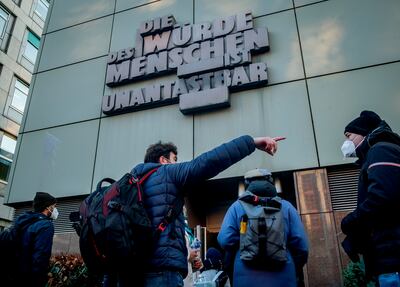
After the revolt erupted in 2011, doctors would inform on other doctors who treated protestors, he says.
“They used to justify it by saying they are terrorists treating terrorists,” says Dr Shady.
Kheireddin Hadidi, a doctor at Al Mustahed Hospital in Damascus, disappeared after soldiers dragged him from the operating room while he was treating a patient, Dr Shady says.
“He was in the middle of surgery that required the most sterile of conditions."
Dr Shady says a culture of brutality applied across the board, from the well-educated to the least.
Before Dr Shady even had arrived at the military airport where he was held by soldiers, he had several cigarettes put out on his back and was being repeatedly hit with rifle butts, he says. In the security car that took him to prison his head was placed on the armrest and beaten with military boots.
One secret policeman shoved sand into his mouth. "He told me 'swallow the sand of the homeland' [but] I told him 'sand cannot be swallowed.'"
The wider 40-50 square metre prison compound where he was held was overseen by three members of the Airforce Intelligence, who were themselves prisoners, held on petty violations. They were kept in a building with no roof, which Dr Shady says was crucial otherwise the three "guards" could not have coped with the stench from the other prisoners.
The floor was covered with puss, sweat, blood and urine, a grim mess several centimetres deep, he says. Water was scarce and the prisoners were kept thirsty.
With hard plastic polymer pipes, the guards would regularly beat the prisoners, who wore only their underwear. That violence was in addition to torture sessions the prisoners were regularly subjected to by more senior personnel in an adjacent interrogation compound.
“They revelled in our condition. But I convinced them to supply us with hosed water to cleanse our bodies,” Dr Shady says, referring to his guards and their superiors.
“I told them that if you continue leaving us like this scabies would spread to you. They provided us with water and ointments.”
Dr Shady was released after nine days.
One day was spent in that room with the 107 prisoners and the rest in a smaller room with seven prisoners who were doctors, a lawyer and several blue-collar workers.
He says a bribe of $3,000 helped secure his release and that of his colleague who was with him, who also used his connections at a UN office in Damascus to secure freedom.
Just before he was released, he recalls being slapped so hard by an Airforce Intelligence operative while he was blindfolded that his head crashed into a wall behind him.
“He told me that this was to make sure I would not forget him. I spent one month at home not being able to move or speak,” he says.
